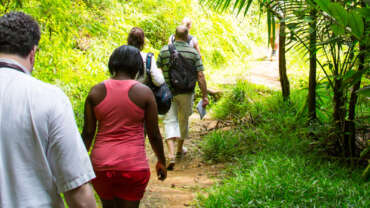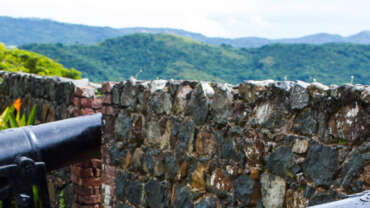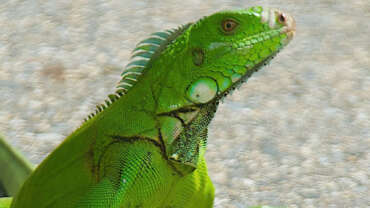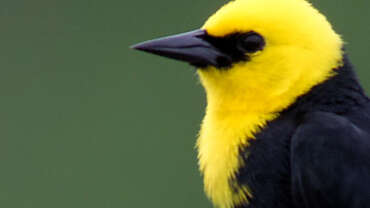Sun, Sand and Beaches in Trinidad & Tobago
DREAM BEACHES IN A TURQUOISE BLUE SEA
Tobago’s beaches with their fine sand and clear, warm waters in shades ranging from aqua to turquoise are what Caribbean dreams are made of. The island is home to many postcard-ready beaches – just you, your loved ones, the sand, sun, sea and maybe one or two locals or other holiday makers.
Trinidad, although better known for cultural richness and nature activities, also has beautiful beaches to offer. Everybody really can find his/her personal paradise: surfers, beach lovers, those seeking calm as well as those seeking adventure.
Here is a selection of the beaches on the island:
A SMALL PARADISE ON THE SOUTH COAST OF TOBAGO
Pigeon Point with its famous thatched-roof jetty leading directly into the sea has been named one of the most beautiful beaches in the Caribbean by various international travel publications. Officially named the Pigeon Point Heritage Park, the facility includes souvenir shops, a restaurant and bar, a water sports shop, and restroom and changing room facilities. Among the activities visitors can enjoy are swimming, snorkelling, (kite)surfing, diving, kayaking and water skiing.
From Pigeon Point, you can take a glass-bottomed boat to the Nylon Pool, a shallow pool in sea, near Buccoo Reef. Legend says that bathing in its waters has a rejuvenating effect. Mt Irvine Bay is also well-developed for tourists and a meeting point for windsurfers from across the world.
At Turtle Beach, gigantic leatherback turtles bury their eggs in the sand between March and August. The beach is good for both swimming and surfing and there is also a natural pool for non-swimmers to wade in. At the fishing village of Castara on Tobago’s rural Caribbean coast, you can watch the fishermen at work and buy the fish right there – or try it in the local restaurant. Further north is the more remote and picturesque Englishman’s Bay. Its calm waters are perfect for swimming and snorkelling and at Parlatuvier Bay a little higher up, you can jump from the pier into the deep water. The popular Pirate’s Bay near Charlotteville is loved by families with children and is also very suitable for snorkelling.
On the Atlantic side is Speyside, the starting point for some of the best diving tours in Tobago. The sea is rougher but experienced divers can find a rich underwater world in the reefs around the island of Little Tobago.
TRINIDAD’S AMAZING BEACHES
Probably the most popular beach in Trinidad is Maracas Bay on the north coast, a winding 30-minute drive along the mountainside from the capital city, Port of Spain. Visitors enjoy the panoramic vistas of the palm-fringed beach with its energetic waves. No visit to Maracas Bay is complete without a trip to the vendor booths for bake and fish sandwiches – fried bread filled with seasoned fried-fish fillets, vegetables, fruit and an assortment of condiments ranging from sweet to very spicy.
Las Cuevas Bay got its name because of the many caves you can find along the two kilometre stretch of beach. Trinidad’s first Blue Flag beach, Las Cuevas beckons with its clear waters and gently lapping waves.
Further east, the waves wait for surfers at Blanchisseuse and Grande Rivière. The rivers, which flow into each beach are suitable for swimming and wading. From March until August the beaches belong to the leatherback turtles who lay their eggs here. You can watch this natural spectacle on a guided tour.
Macqueripe, on the north-western peninsula of Chaguaramas, has a beautifully landscaped beach. From here, adventure lovers can also access a 7-course zip line adventure through the rainforest with splendid views of the Caribbean Sea.
Mayaro Beach, on the south-east coast, is the longest beach in Trinidad and a popular tourist destination for visitors who enjoy long walks on the beach and picnics on the sand. The strong Atlantic undercurrents and high waves make swimming here suitable only for very experienced ocean swimmers.
It is at Columbus Bay on Trinidad’s southwestern coast that Christopher Columbus first made landfall in Trinidad in 1498. From the seemingly endless golden-sand shore at low tide on a clear day, you can see the outline of Venezuela, located just 7 miles away.








